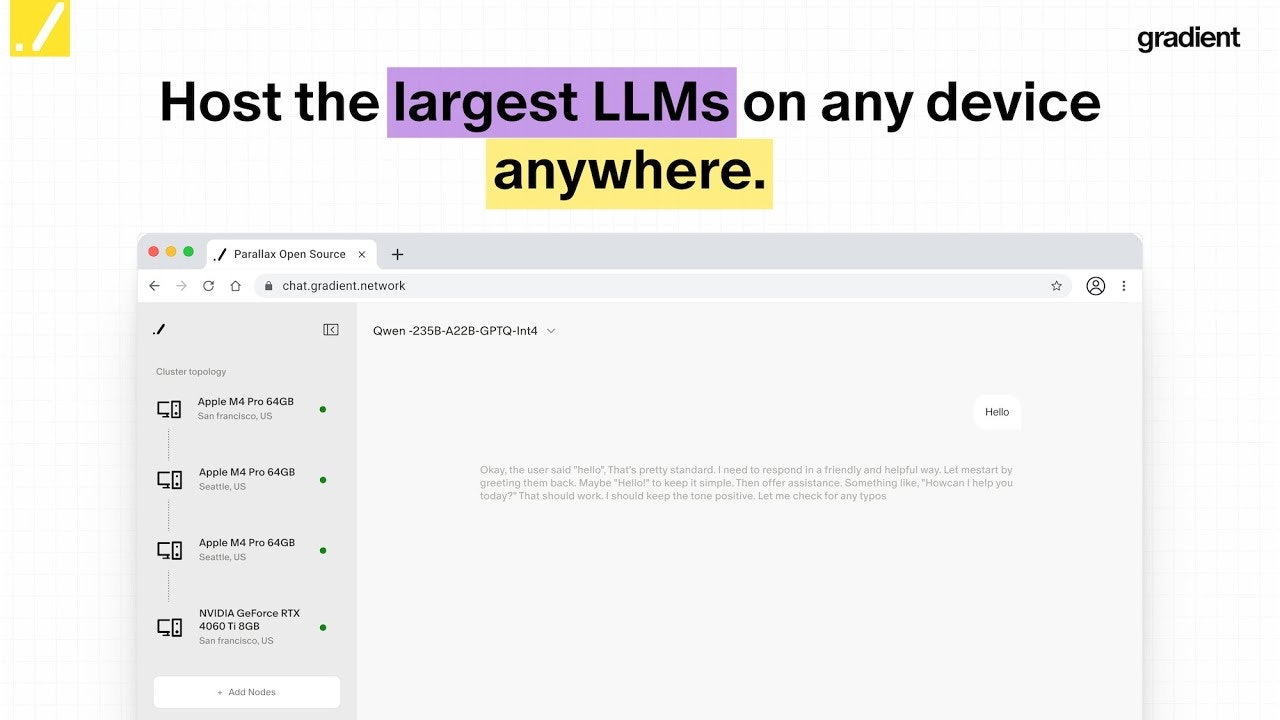AI Native Product Insights – 2025W44

Based on Product Hunt data, we’ve curated a selection of AI Native applications that demonstrate how AI is being built into the core of modern products. These AI Native solutions showcase new developments in functionality and are exploring fresh ways of human-AI interaction. Let’s dive into these AI Native applications.
1. Cursor 2.0
Ranking: 2025W44-rank1
Upvote: 668
🚀 Product Overview
Cursor 2.0 introduces two major advancements: Composer, its first AI coding model, and a redesigned interface for managing multiple agents simultaneously. This update establishes Cursor as a workspace purpose-built for complex, AI-driven development workflows.
📋 More Details
The team expresses appreciation to the Product Hunt community and invites feedback on Cursor 2.0’s new capabilities, reflecting strong user engagement over the years.
📊 Evaluation
AI Native Application Modernization: 91/100
Cursor is built around generative AI, not as a feature but as the foundation. Composer deeply integrates code generation and understanding, while the new agent management UI reflects a native-first approach to AI-augmented software development.
🔗 Website
https://cursor.com/?ref=producthunt

2. Parallax by Gradient
Ranking: 2025W44-rank13
Upvote: 416
🚀 Product Overview
Pinch to Build offers a fresh paradigm for mobile app creation, using a visual and tactile interface akin to CapCut’s video editing. Designed for mobile-first workflows, it enables fast development and seamless deployment directly from your phone.
📋 More Details
Key features include pinch-to-generate UI components, icons, images, and effects with built-in generative AI. Developers can add audio with AI-generated soundtracks, connect to APIs like ChatGPT or Claude without coding setup, and skip backend hassle using prompt-based cloud provisioning. It even supports direct App Store publishing.
📊 Evaluation
AI Native Application Modernization: 92/100
Generative AI is woven into the entire dev toolchain—from interface design to backend and deployment. The product demonstrates strong AI-native integration, not as a plugin, but as the foundation for real-time creation, preview, and app shipping.
🔗 Website
https://www.vibecodeapp.com/?ref=producthunt

3. Pinch to Build by Vibecode App
Ranking: 2025W44-rank13
Upvote: 416
🚀 Product Overview
Pinch to Build offers a fresh paradigm for mobile app creation, using a visual and tactile interface akin to CapCut’s video editing. Designed for mobile-first workflows, it enables fast development and seamless deployment directly from your phone.
📋 More Details
Key features include pinch-to-generate UI components, icons, images, and effects with built-in generative AI. Developers can add audio with AI-generated soundtracks, connect to APIs like ChatGPT or Claude without coding setup, and skip backend hassle using prompt-based cloud provisioning. It even supports direct App Store publishing.
📊 Evaluation
AI Native Application Modernization: 92/100
Generative AI is woven into the entire dev toolchain—from interface design to backend and deployment. The product demonstrates strong AI-native integration, not as a plugin, but as the foundation for real-time creation, preview, and app shipping.
🔗 Website
https://www.vibecodeapp.com/?ref=producthunt

4. Perplexity Patents
Ranking: 2025W44-rank18
Upvote: 328
🚀 Product Overview
Perplexity Patents is an AI-native agent for patent and IP research. It lets users query patents, academic literature, and code repositories in natural language, delivering cited and context-aware results.
📋 More Details
Traditional patent research tools often fall short in delivering real insights. Perplexity leverages agentic AI to deeply understand user queries and locate relevant prior art, even in non-traditional sources like blogs or open source code.
📊 Evaluation
AI Native Application Modernization: 91/100
Perplexity Patents is built on generative AI and natural language understanding as first principles. It doesn’t rely on legacy keyword search models, making it a strong AI-native use case in legal-tech and R&D.
🔗 Website
https://www.perplexity.ai/?ref=producthunt

5. Pokee AI
Ranking: 2025W44-rank20
Upvote: 311
🚀 Product Overview
Pokee AI is a generative agentic workflow builder enabling teams and creators to describe their workflow goals in natural language. With a single prompt, it assembles reproducible workflows using its own foundation models, removing the need for manual node wiring.
📋 More Details
Founded by ex-Meta, Google, and Amazon engineers, Pokee AI was built to eliminate context loss and heavy handoffs caused by traditional tooling. Its modular AI-native ecosystem includes agents, connectors, and triggers, allowing users to automate from intent to execution.
📊 Evaluation
AI Native Application Modernization: 91/100
Pokee AI is built from the ground up around foundation models. Its ability to interpret, compose, and adapt workflows through generative AI makes it a strong AI-native platform, beyond layering AI on existing systems.
🔗 Website
https://pokee.ai/?ref=producthunt

6. Canva’s Creative Operating System
Ranking: 2025W44-rank31
Upvote: 228
🚀 Product Overview
Canva’s Creative OS is a unified platform combining a powerful Visual Suite, AI-driven design tools, and robust brand management into one system. It enables users to create, manage, and scale creative work from asset creation to campaign deployment.
📋 More Details
Key features include Magic Video for AI editing, Canva Forms, Sheets & Code for interactive creation, AI-assisted email design, and the Canva Design Model—the first AI trained on design structure. The OS also introduces a full creative marketing engine and new brand system, with professional-grade tools now free to all users.
📊 Evaluation
AI Native Application Modernization: 91/100
Canva’s Creative OS fully integrates generative AI into its core workflows. From structure-aware AI models that guide design choices to automated campaign generation and editing, AI is not an add-on—it fundamentally drives the creative process.
🔗 Website
https://canva.com/?ref=producthunt

Statement: Evaluation results are generated by AI, lack of data support, reference learning only.